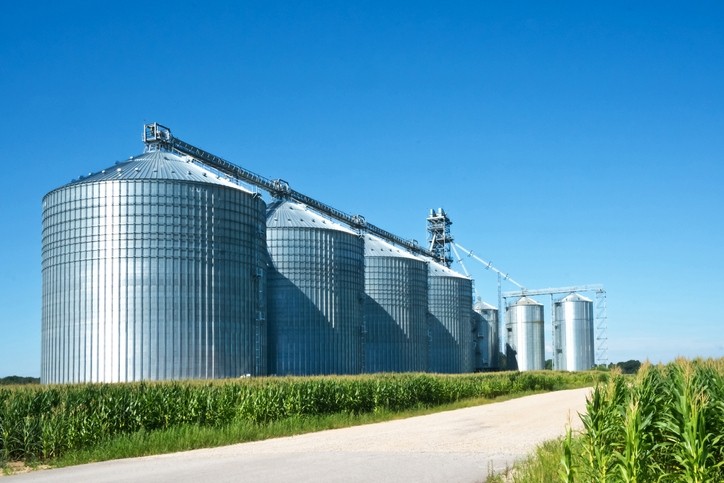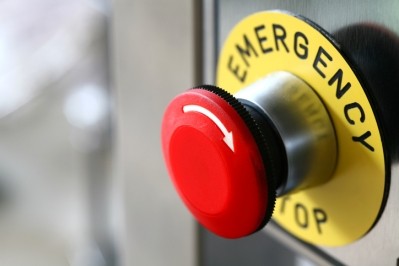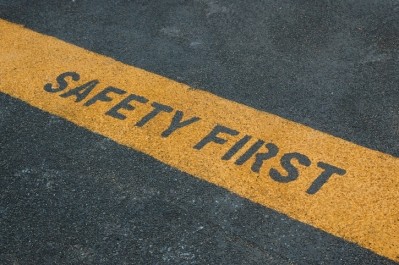New NGFA manual on firefighting in grain elevators relevant for feed mills

Contents of the NGFA Firefighting Manual: A Guide for Operators of Grain Handling Facilities and Fire Department Officials are primarily intended to address planning for and fighting fires in grain elevators.
However, the US organization says the information has significant applications for feed mills, processing plants, flour mills and other facilities that store and handle bulk agricultural commodities.
Chemical fires, which have applications for fertilizer and chemical plants, also are addressed in the guide.
“Each grain handling facility is unique in its layout, design, construction, operations, equipment, and personnel, and requires a tailored firefighting plan,” said NGFA director, training, safety and education, Jim Seibert. “The firefighting plan should be a mutual effort between the facility’s management and the fire officials of the district in which it is located. It would benefit both facility management and fire officials to read and be familiar with the contents of this entire manual, since the information conveyed in each chapter affects both parties.”
The NGFA announced the publication of its new firefighting manual to members during its annual convention on June 2-4. The manual, which had not been updated since 1987, complements a robust suite of safety training materials, said the NGFA.
Safety guidelines for UK feed mills
UK feed industry representatives, AIC, released new safety guidelines for feed mills to prevent fires and explosions in November last year.
The document, Control of Fire and Explosion Risks in Animal Feed Manufacturing Plants & Processes, followed work done by the feed sector linked health and safety forum of the Agricultural Industries Confederation (AIC).
“Catastrophic fires and explosions in the UK feed industry are, fortunately, rare,” said the author of the report, Stephen Pope. “However, they can and do still occur. In the last few years, we have seen a number of disastrous cases internationally that have resulted in multiple fatalities and severe injuries. Good standards and diligence is the foremost protection we have to ensure that such events do not occur in the UK.”
The document was written to assist the operators and designers of feed manufacturing plants and processes in preventing fires and explosions and to comply with legal duties UK regulations.
In addition to background and context on how explosions and fires can occur, the report outlines actionable guidelines that plants can incorporate to ensure safety remains paramount and all protections are robust and effective.
“We simply cannot rely on luck or become complacent,” said Pope. “Good practice is non-negotiable when it comes to safety. Following these guidelines will prevent disastrous fires and explosions which is absolutely vital for the feed industry.”
A spokesperson for the AIC told us back then: "The principles apply worldwide, in theory; however, the guidelines reference UK law and regulations, as they have been written for the UK feed industry. So we would not recommend using it outside of the UK."
Ignition sources in the animal feed industry
Within animal feed production there is a wide range of ignition sources during the production processes that the raw ingredients undergo before they are finished products. Foreign bodies, defective machinery, friction inside mills and grinders or high temperatures during processing are a few examples of the dangers, according to a report by Danish supplier, Nextech.
"The finely-ground and often dusty raw materials are highly combustible, and it often takes no more than a single spark to cause a dust explosion. It is therefore crucial to ensure that even the smallest sparks, embers or overheated objects are detected and extinguished within microseconds."












